Architectural Style: Recognize the Look, Know the Story
Some buildings shout their style: a Roman arch, a Gothic spire, a Greek column. Others mix influences and keep you guessing. Knowing the basics helps you read a building fast, travel smarter, and make better design choices at home.
How to spot a style
Start with shape and structure. Rounded arches and heavy stone usually point to Romanesque or Ancient Roman roots. Pointed arches, ribbed vaults, and stained glass mean Gothic or Gothic Revival. Big domes and mosaics often signal Byzantine. Columns tell tales: Doric, Ionic, and Corinthian link back to Greek and Renaissance hands, while large, decorated columns can mean Beaux-Arts or Baroque.
Look at the roof and facade. Gambrel roofs are a clear hint of Dutch Colonial Revival. Symmetry, strict windows, and simple decoration often mean Georgian or Colonial styles. Fancy ornament, curves, and playful motifs suggest Rococo or Art Nouveau. If a building mixes materials, colors, and ironic details, it may be Postmodern. And yes—sometimes a building is purposefully plain: that’s usually Minimalism or Functionalism at work.
Practical tips for readers and homeowners
If you’re renovating, pick one dominant style and follow its rules for scale and materials. Mixing a lot of strong styles usually looks messy; subtle references work better than full mashups. Keep original details—trim, moldings, windows—when possible. They give a home character and often have higher resale value.
For preservation, document what’s original before you change anything. Small fixes like matching mortar, repairing wood trim, or restoring original paint colors keep a building honest. If a structure is listed or protected, check local rules: some changes need approvals.
When traveling or just wandering your neighborhood, use these quick checks: arches, columns, roof type, window shape, and ornament level. Those five clues will narrow down the style fast and make your walk more interesting.
Want deeper reading? Look for focused articles on styles you notice—Renaissance, Baroque, Beaux-Arts, Byzantine, Gothic Revival, Art Nouveau, Postmodern, and regional revivals like Dutch Colonial. Each has a short list of signature elements to memorize, and seeing a few examples will train your eye faster than any guidebook.
Finally, think about what you want from architecture: drama, calm, history, or efficiency. Style is a tool to get that feeling. Use it intentionally—whether you’re restoring a house, designing a room, or just spotting great buildings on a walk.
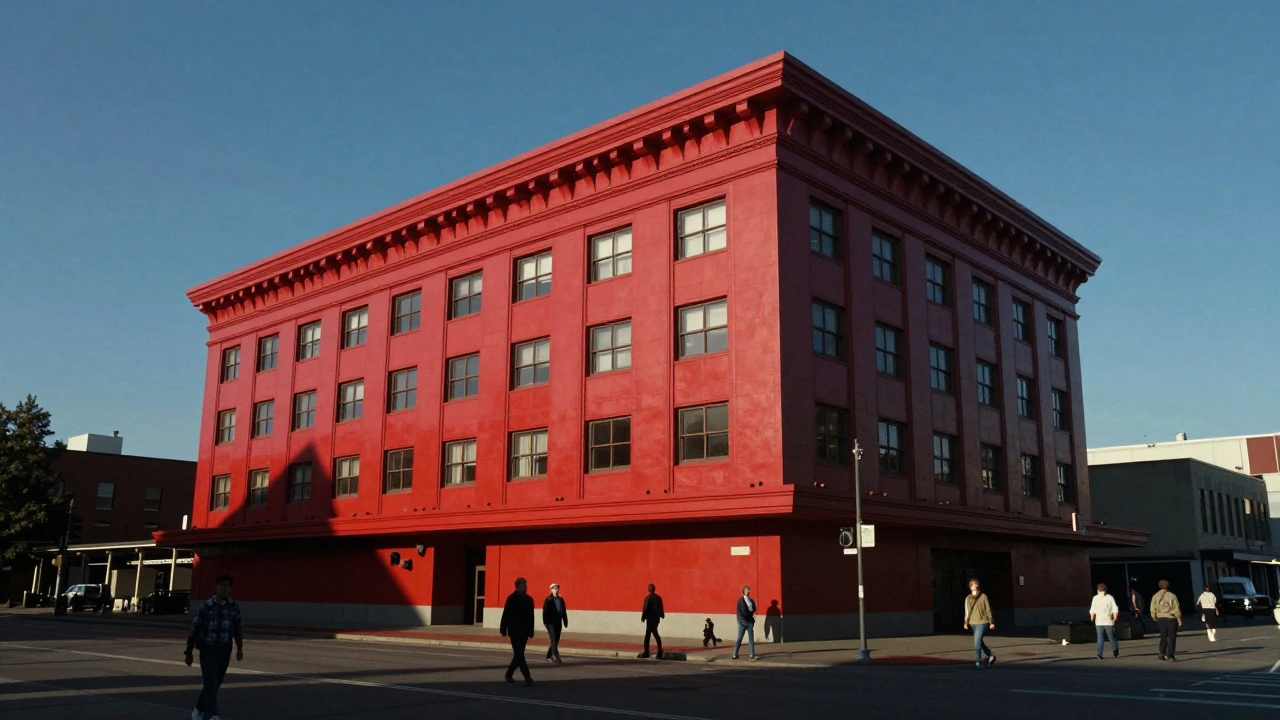
Postmodern Architecture: When Looks Trumped Function
Postmodern architecture challenged the cold minimalism of modernism with bold colors, historical references, and playful forms. But did it sacrifice function for flair? This is the story of when looks took center stage.
Read more
How Postmodern Architecture Changed City Skyscapes Forever
Postmodern architecture broke the rules of modernist design, bringing color, history, and humor back to city skylines. It made buildings tell stories-and changed how we experience urban spaces forever.
Read more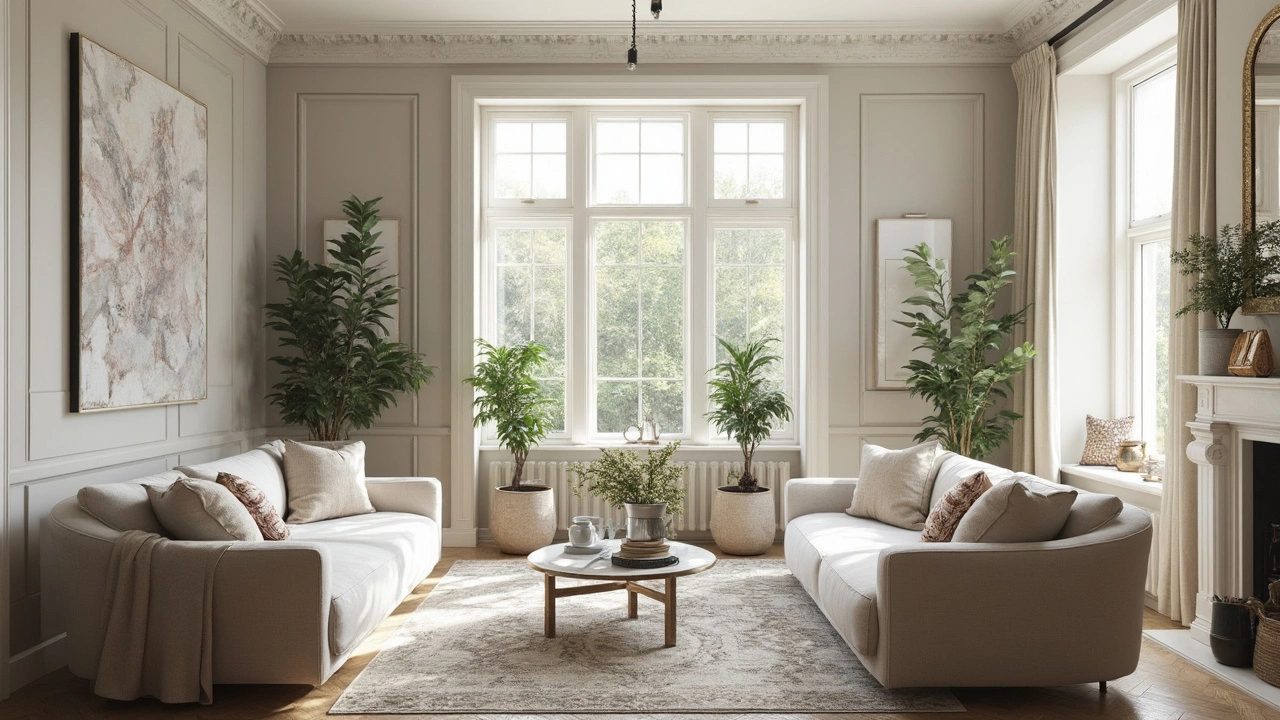
Colonial Architecture: How Its Legacy Shapes Modern Homes
Colonial architecture isn’t just about old buildings—it’s left a huge mark on the way we design and live in our homes today. This article breaks down exactly how classic colonial features pop up in neighborhoods everywhere. Expect tips on using colonial-inspired ideas without making your place feel like a museum. From design tricks to why we still love symmetry, you’ll get practical info to make your space both stylish and functional. We’ll also reveal why colonial designs are still a hit even in 2025.
Read more
Tudor Architecture: A Style That Stands the Test of Time
Tudor architecture, with its roots in 16th-century England, continues to captivate with its distinct charm. This style boasts steeply pitched roofs, ornate chimneys, and timber-framed structures. Its resilience lies in the blend of rustic elegance with practical design, adapting well in modern contexts. Dive into its fascinating features and discover why it remains beloved today.
Read more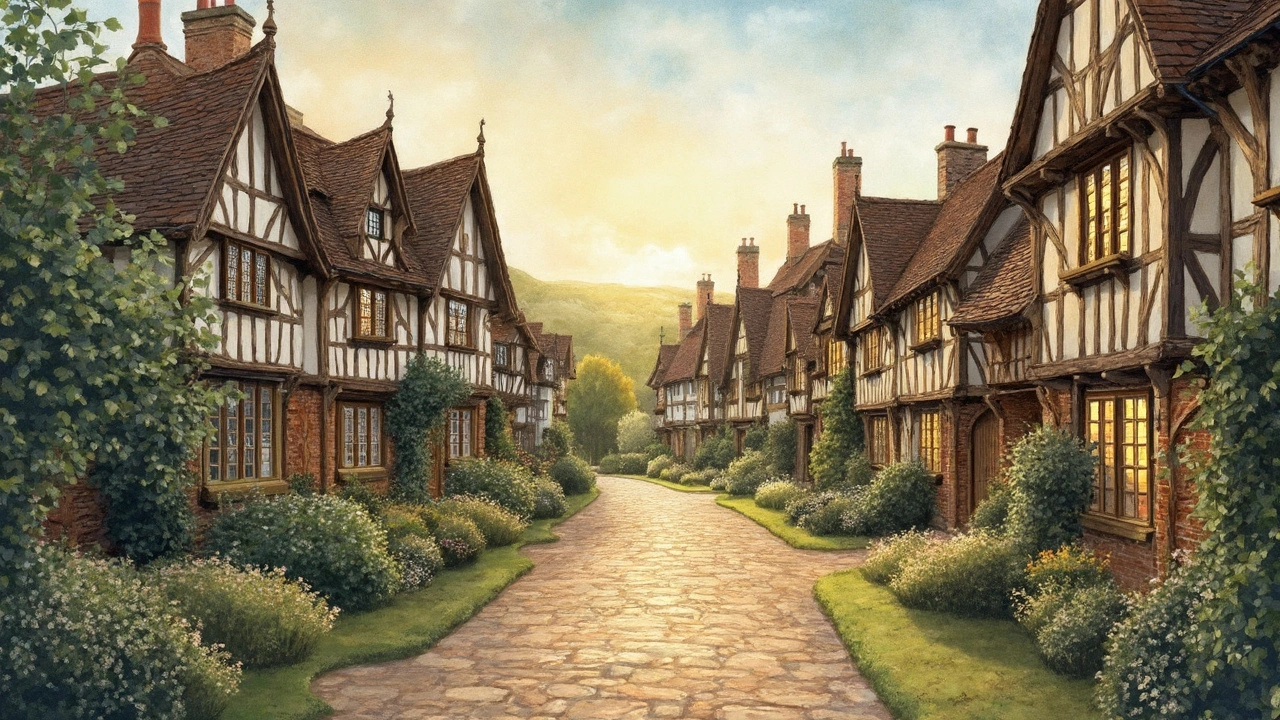
Tudor Architecture: Celebrating Timeless Craftsmanship
Tudor architecture showcases a unique blend of medieval and early Renaissance influences, characterized by its distinct half-timbering, steep gable roofs, and charming brickwork. This iconic style emerged in England between the late 15th and early 17th centuries and remains popular today, as its aesthetic appeal captures both elegance and historical charm. Critical to its allure are the intricate details and craftsmanship that highlight the artistic expression of the era. Understanding the features and historical backdrop of Tudor architecture can inspire today's designs and renovations.
Read more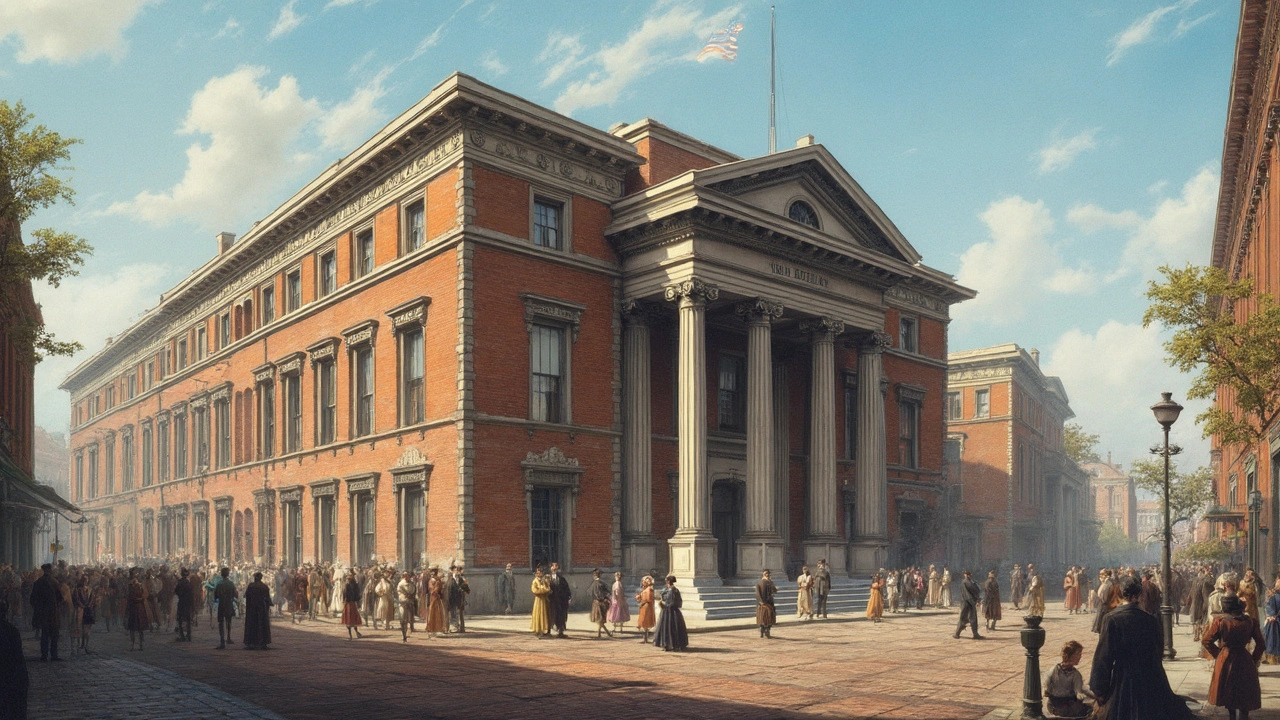
Federal Architecture: Classic Elegance Explained
Federal architecture is known for its classic elegance, marked by symmetry, balance, and distinct decorative elements. Emerging in the United States between 1780 and 1830, this style draws heavily from Roman and Greek influences. Its use in prominent buildings and modest homes alike showcases its versatility. Understanding key characteristics can help in recognizing examples of this architectural style. Exploring federal architecture can provide insights into American history and design evolution.
Read more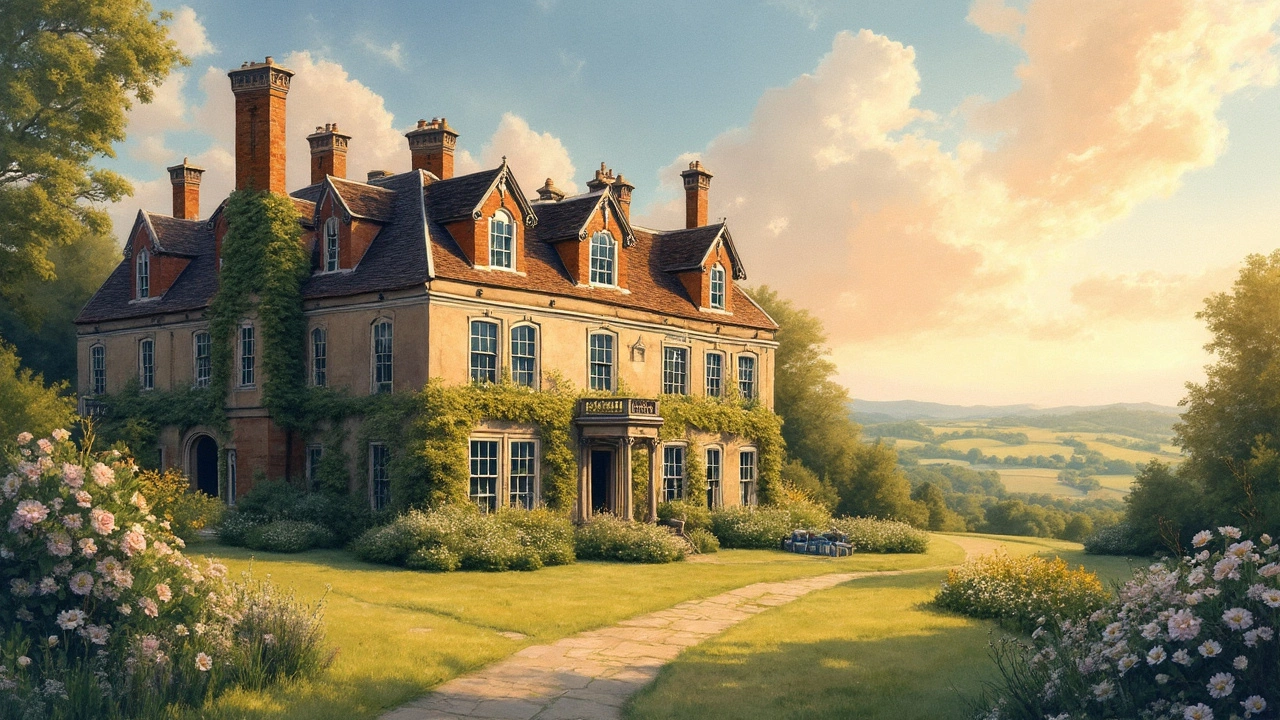
Decoding Italianate Architecture: Unveiling Its Distinct Style
Italianate architecture is a style that emerged in the early 19th century, characterized by its picturesque aesthetic and classical details. Originating from Italy's rural villas, it spread to become a popular style in many European countries and the United States. Key features include low-pitched roofs, tall windows, and decorative brackets under wide eaves. This architectural style often incorporated local materials and building techniques, adapting to various climates and regions. By understanding the distinctive elements of Italianate architecture, one can appreciate the beauty and innovation of this timeless style.
Read more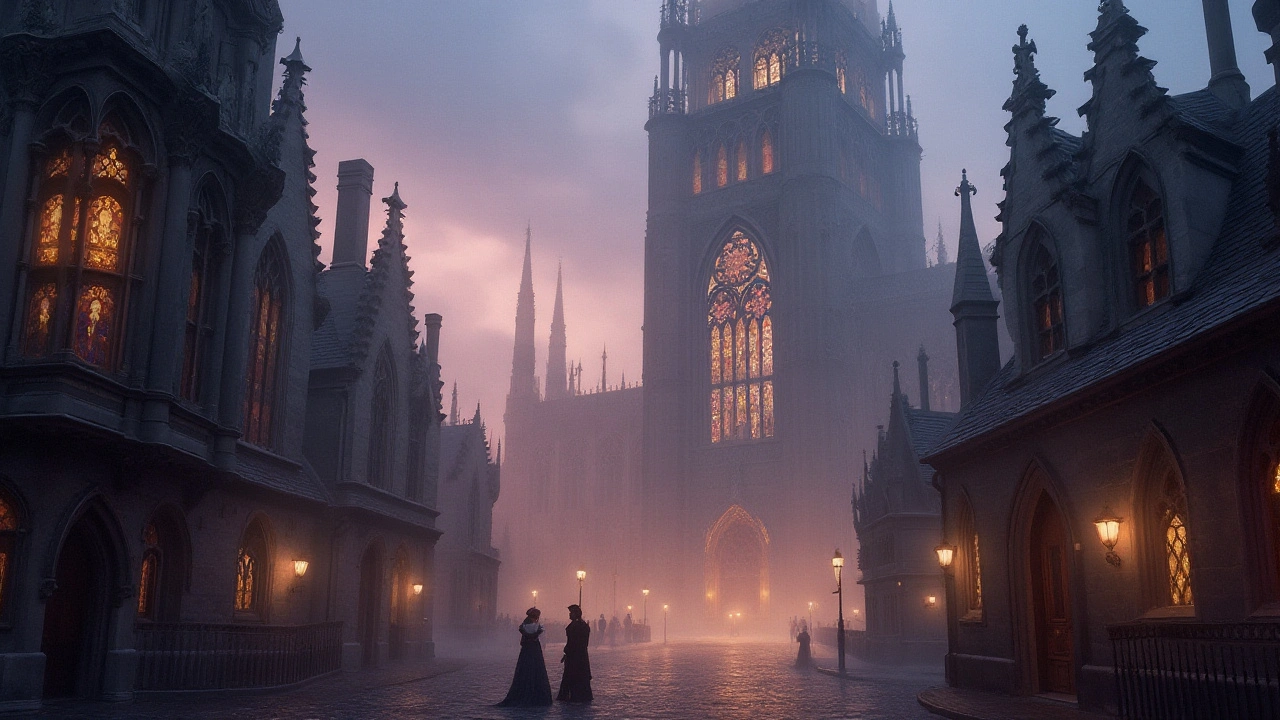
Unveiling the Dark Allure of Gothic Architecture
Gothic architecture stands as a testament to the creative genius of the medieval period, characterized by its soaring spires, intricate sculptures, and mesmerizing stained glass windows. This style emerged in 12th-century France and quickly spread across Europe, leaving behind awe-inspiring cathedrals and churches. Despite its ominous name, Gothic architecture exudes a unique romance and grandeur that captivates visitors even today. Its design elements are not just for aesthetics but serve functional purposes, an intriguing blend of beauty and engineering. Join us as we explore the captivating elements that define Gothic architecture's legacy.
Read more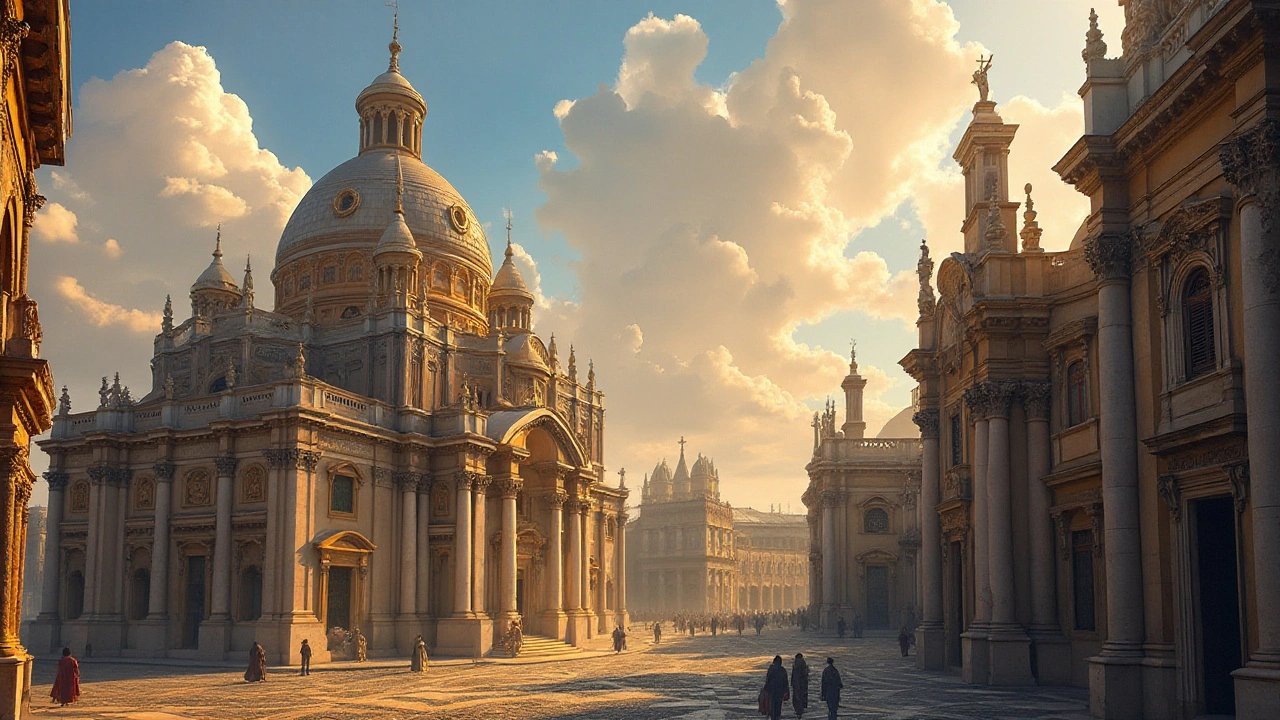
Exploring the Majestic Charm of Baroque Architecture
Baroque architecture, a hallmark of the 17th century, is characterized by its grandeur, drama, and intricate details. Known for its ornate facades and grandiose spaces, this style first flourished in Italy before spreading across Europe. With its emphasis on bold forms and lavish ornamentation, Baroque architecture reflects both religious fervor and the burgeoning artistic creativity of its time. This article delves into the defining features of Baroque architecture, its historical significance, and its lasting impact on design.
Read more
Rediscovering the Elegance of Mediterranean Revival Architecture
Well, there I was, diving into the stylish pool of Mediterranean Revival Architecture - oh boy, it's a beautiful whirlpool of design history! It's like biting into a flavorful architectural sandwich packed with Spanish, Italian, and French influences. What a treat! These homes, they're not just buildings, they're whispers of the past, oozing with character and charm. The beauty of this style is its versatility, it's like the chameleon of architecture, fitting into any landscape while still shouting "Hey, look at me, I'm fabulous!" So, strap in folks, as we cruise down this stylish lane of architectural elegance.
Read more